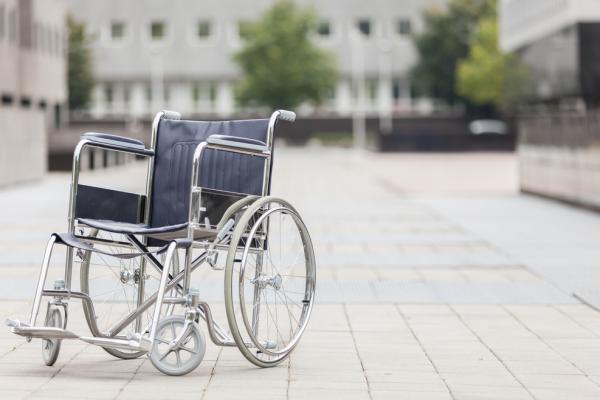
April 3 (UPI) — Researchers at the Mayo Clinic used electrical stimulation of the spinal cord to help a paralyzed man intentionally move his legs, stand and make step-like motions for the first time in three years.
The 26-year-old patient was paralyzed three years ago when he injured his spinal cord at the sixth thoracic vertebrae and lost all feeling and movement below the middle of his torso.
“We’re really excited, because our results went beyond our expectations,” Dr. Kendall Lee, neurosurgeon and director of the Mayo Clinic’s Neural Engineering Laboratory, said in a press release. “These are initial findings, but the patient is continuing to make progress.”
The patient underwent 22 weeks of physical therapy to prepare his muscles for movement during spinal cord stimulation. Results led researchers to theorize that his injury as discomplete and that dormant connections across his injury may still be intact.
The patient then had surgery to implant an electrode in the epidural space near the spinal cord below the injury. The electrode was connected to a computer-controlled device, which sends electrical current to the spinal cord to enable to patient to create movement, under the skin in the patient’s abdomen.
He was able to resume physical therapy after three weeks of recovery from surgery and in the first two weeks was able to intentionally move his leg while lying on his side, make step-like motions lying on his side and stand with partial support, and stand independently using his arms on support bars for balance.
“This has really set the tone for our post-surgical rehabilitation — trying to use that function the patient recovered to drive even more return of abilities,” Kristin Zhao, director of Mayo Clinic’s Assistive and Restorative Technology Laboratory, said.
Recently, break-through technology allowed a man with quadriplegia to move his right arm and hand again after a decade of not being able to using a brain-computer interface with recording electrodes under his skin and a functional electrical system. The technology was developed by researchers at Case Western Reserve University, the Louis Stokes Cleveland VA Medical Center and University Hospitals Cleveland Medical Center.
“While these are early results, it speaks to how Mayo Clinic researchers relentlessly pursue discoveries and innovative solutions to address the unmet needs of patients,” Dr. Gregory Gores, dean of research at the Mayo Clinic, said.
The study was published in Mayo Clinic Proceedings.






